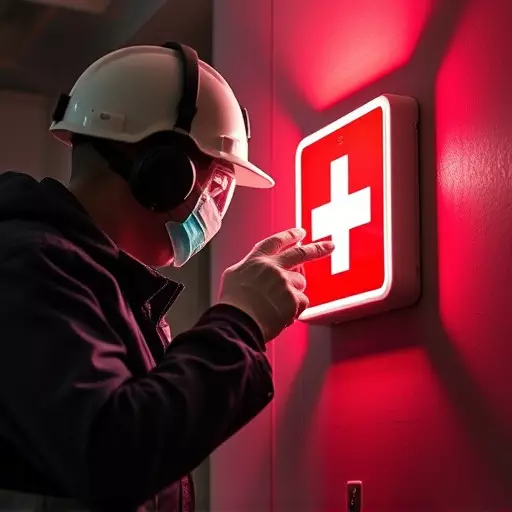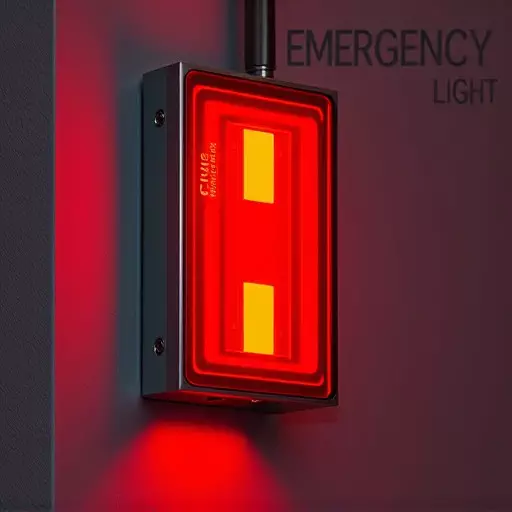Warehouses require reliable emergency lighting systems for worker safety during power outages. Emergency light testing services conduct thorough inspections, using specialized equipment to assess light output, battery capacity, and control system performance under simulated emergencies. Regular testing ensures compliance with safety regulations, maintains safe working conditions, and proactively addresses issues to prevent disruptions in warehouse operations. These services are vital for safety, security, and regulatory compliance.
In the dynamic landscape of warehouse operations, ensuring optimal safety is paramount. Emergency light testing plays a pivotal role in this regard, as it guarantees the reliability of critical lighting systems during power outages or emergencies. This comprehensive guide delves into the essential aspects of emergency light testing for warehouses, including understanding stringent requirements, the significance of regular inspections, and exploring various test types. Discover how professional services can enhance safety measures, mitigate risks, and ensure uninterrupted operational continuity through effective emergency light functionality testing.
- Understanding Emergency Light Requirements for Warehouses
- The Importance of Regular Emergency Light Testing
- What Does Emergency Light Inspection Involve?
- Types of Tests Conducted During Warehouse Emergency Lighting Checks
- Benefits of Utilizing Professional Emergency Light Testing Services
- Common Issues Found During Emergency Light Inspections
- Best Practices for Maintaining Effective Warehouse Emergency Lighting
Understanding Emergency Light Requirements for Warehouses
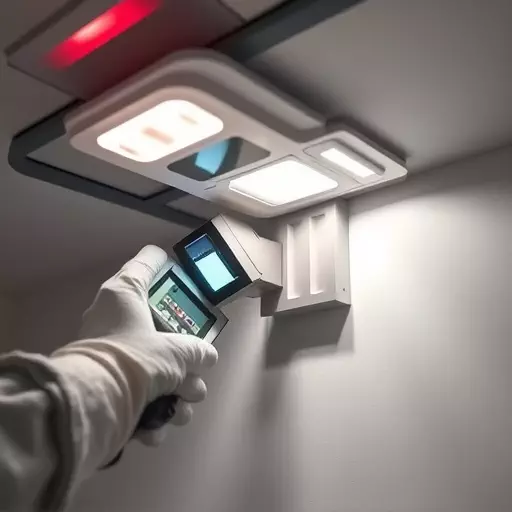
In the event of a power outage or other emergency, warehouses require reliable lighting systems to ensure worker safety and efficient operations. This is where emergency light testing services become paramount. Such tests are crucial for evaluating the functionality and reliability of emergency lighting in these large, often high-risk spaces. Regular emergency light inspection and testing is essential to comply with safety regulations and maintain a safe working environment.
Emergency light functionality testing goes beyond simple visual inspections. It involves rigorous checking of luminaries, battery backups, and control systems to verify their readiness. Professional emergency light testing services employ specialized equipment to assess light output, battery capacity, and the overall performance of the lighting system under simulated emergency conditions. This proactive approach allows warehouse managers to address any issues before they escalate, enhancing safety and operational continuity.
The Importance of Regular Emergency Light Testing

Regular emergency light testing is paramount for ensuring the safety and security of warehouse operations. Emergency lights play a crucial role in guiding employees to safety during power outages or other emergencies, making their reliable functionality non-negotiable. Professional emergency light inspection and testing services are essential to verify that these critical systems are ready to activate immediately when needed. By conducting thorough emergency light functionality testing, businesses can proactively identify any issues—such as faulty bulbs, dead batteries, or control system malfunctions—that could render these lights inoperable during a crisis.
Preventive measures like regular testing not only safeguard against potential hazards but also help maintain regulatory compliance. Many local building codes and safety standards mandate specific emergency light testing protocols, with frequent inspections often required to ensure continuous reliability. Efficient emergency light testing services can effectively navigate the intricate labyrinth of warehouse layouts, ensuring every light is examined thoroughly and any necessary repairs or replacements are made promptly. This proactive approach allows businesses to maintain a safe working environment while minimising disruptions to their operations.
What Does Emergency Light Inspection Involve?
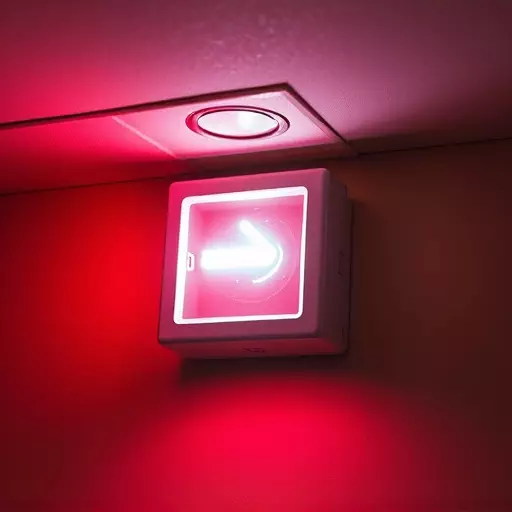
Emergency light testing services are crucial for ensuring the safety and security of warehouse operations. An emergency light inspection involves a comprehensive evaluation of the entire emergency lighting system, focusing on its functionality and reliability. This includes checking each individual light to confirm they are fully operational, as well as examining the control gear and power sources to ensure they function correctly in the event of a power outage or other emergency.
During testing, professionals will also assess the placement and accessibility of the lights, verifying that they meet the required standards for visibility and coverage within the warehouse environment. By conducting regular emergency light functionality testing, businesses can maintain compliance with safety regulations and guarantee that their lighting systems are prepared to guide workers safely in case of an unexpected incident.
Types of Tests Conducted During Warehouse Emergency Lighting Checks
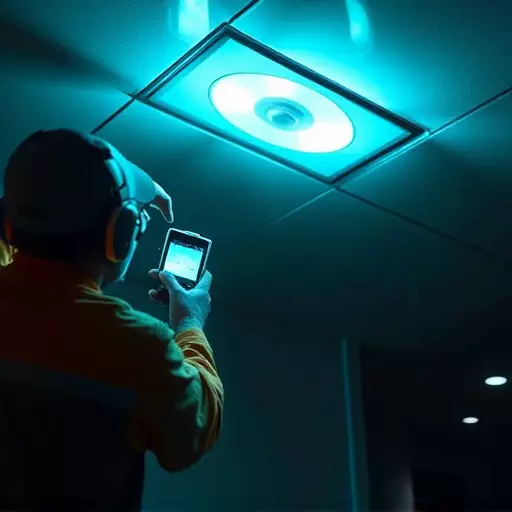
During warehouse emergency lighting checks, several types of tests are conducted to ensure the reliability and effectiveness of critical safety systems. These include emergency light functionality testing, which verifies that each luminaire operates as intended when powered by backup batteries during a power outage. This involves checking the brightness, duration, and uniformity of light emission to guarantee it meets the required standards for safe evacuation.
Complementing this is the emergency light inspection and testing that scrutinizes the overall condition of the lighting system. This includes examining components like battery health, charging systems, control gear, and wiring integrity. Regular inspections also involve assessing the visibility and placement of emergency lights to ensure they are strategically positioned to guide occupants safely out of the facility in case of an emergency. These comprehensive emergency light testing services not only help maintain optimal functionality but also contribute to enhancing warehouse safety protocols.
Benefits of Utilizing Professional Emergency Light Testing Services

Warehouses are critical environments that require robust emergency lighting solutions to ensure worker safety during power outages or other emergencies. Utilizing professional emergency light testing services offers numerous advantages. These experts possess specialized knowledge and equipment to conduct comprehensive emergency light inspections and testing, ensuring every light is functional and strategically placed. Regular emergency light functionality testing not only guarantees compliance with safety regulations but also plays a vital role in preventing accidents and saving lives.
Professional services provide detailed reports outlining any issues found during the emergency light inspection and testing process. This proactive approach allows warehouse managers to address problems promptly, enhancing overall safety. Moreover, these experts can offer tailored recommendations for improving emergency lighting systems, making them more reliable and effective when it matters most.
Common Issues Found During Emergency Light Inspections

During emergency light inspections in warehouses, several common issues are often encountered that can compromise safety and efficacy. One of the primary concerns is the failure of emergency lights to activate during a simulated power outage, which could be due to faulty wiring or control systems. These tests reveal outdated or improperly installed lighting fixtures, emphasizing the need for regular maintenance and adherence to safety standards.
Another frequent issue involves dimmed or flickering lights, indicating potential problems with ballasts or electrical connections. Inadequate lighting levels can mislead occupants during an emergency, leading to confusion and prolonged evacuation times. Emergency light testing services and routine inspections are crucial in identifying such problems, ensuring that every component functions optimally when it matters most.
Best Practices for Maintaining Effective Warehouse Emergency Lighting
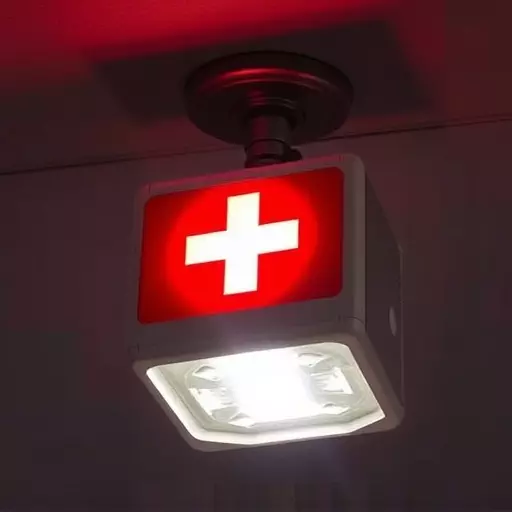
Maintaining effective warehouse emergency lighting is paramount for ensuring safety and compliance. Regular emergency light testing services and emergency light inspection and testing are best practices that should be embraced by all warehouse managers. Schedule routine emergency light functionality testing to verify every light is operational, ensuring a clear and well-lit path in the event of an emergency. This proactive approach minimizes risks and helps prevent accidents, especially during power outages or other critical situations.
Implementing a structured maintenance program includes regular cleaning, battery replacement, and thorough checks for any signs of damage or malfunction. It’s crucial to adhere to manufacturer guidelines and local safety regulations to guarantee the optimal performance of emergency lighting systems. These measures contribute to a safer working environment, enhancing employee confidence and peace of mind.

